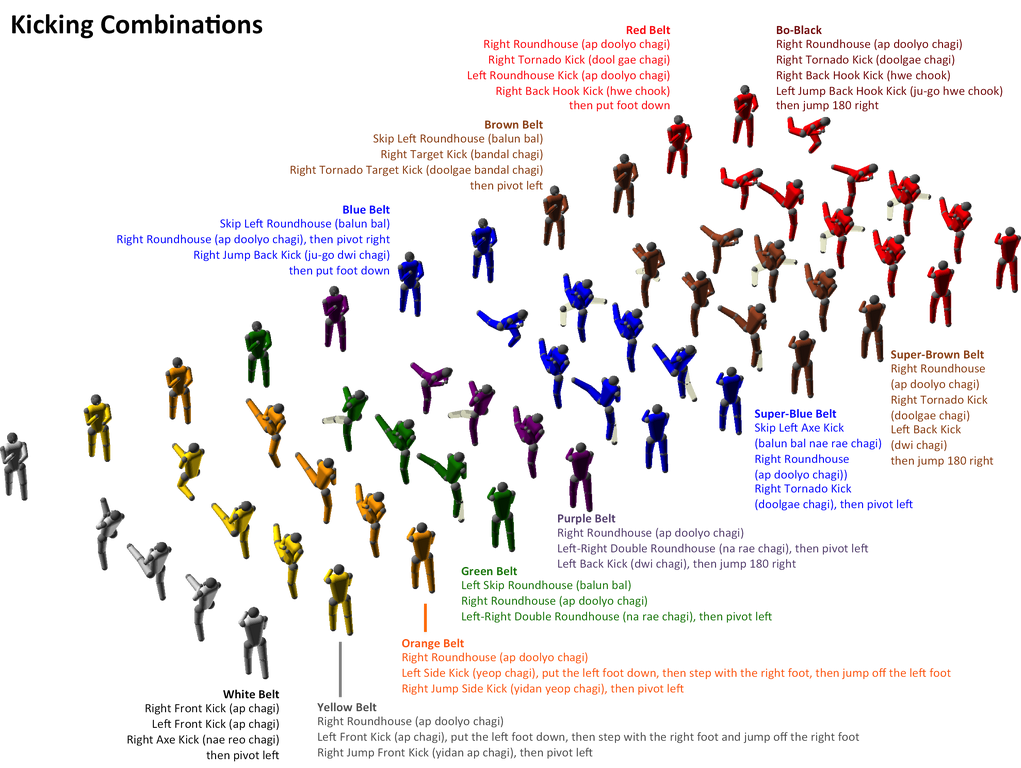andyjeffries
Senior Master
The full technique name for twin knifehand in Korean is Kodeureo Yangsonnal Momtong Bakkat Makki - the koreans we have with us tell me that it's not a redundancy, but we are struggling to get to the definition of the 'Yang' part.
The Kukkiwon website doesn't seem to show any usage of "yang", but they do shown quite a few "hansonnal" blocks. World Culture Taekwondo Kukkiwon will make it That said, it is a reasonable term - yang means "both" in this context, so they're saying "Guarding both-knifehand middle outward block".
Kukkiwon terminology was standardised in recent years to remove unnecessary words, so they generally don't specify momtong (except for momtong makki) in every body section block, instead only emphasising low or high if it isn't a body block, they don't specify outer forearm or outward-direction (bakkat) if it's obvious (and in a knifehand block you aren't blocking with the forearm but the knife-edge of the hand).
I don't have my Kukkiwon textbook or Master Instructor Course book with me, but Grandmaster Ikpil Kang just uses "sonnal makki" (in both English and Korean) in his book.
I've just asked two friends - one is an ex-Kukkiwon Demonstration Team member (he left the team about 3 years ago). He said they have always just called it "sonnal makki". He said that it's either called that or "geodeureo sonnal makki", depending on the instructor (so I guess they just used the short less specific form, because generally they all knew what they were supposed to be doing).
The other friend is a current member of the Kukkiwon Education Committee, he said it used to be called "sonnal makki", then they changed it about one year ago to the current term which is "doosonnal geodeureo bakkat makki" (two knifehand guarding outward block). He said most people haven't changed yet though.
Anyway, hope that adds something to the conversation....

